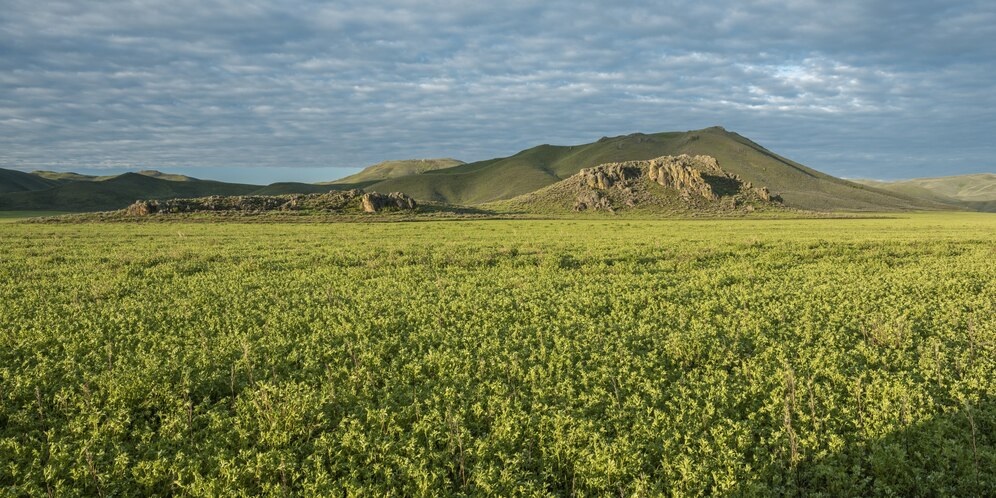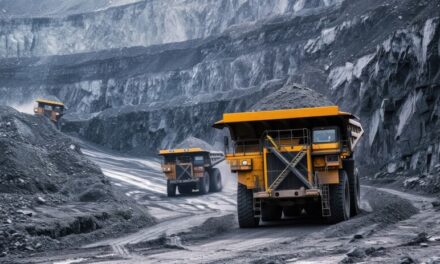India’s northern and coastal plains are two of the country’s most significant geographical features, each offering unique characteristics and playing crucial roles in India’s economy and culture. The northern plains, stretching from the easternmost part of India to the westernmost, are formed by the alluvial deposits of rivers like the Ganges, Brahmaputra, and their tributaries. These fertile plains are known as the “breadbasket” of India, supporting extensive agriculture and hosting some of the country’s most populous cities, including Delhi, Kolkata, and Lucknow. In contrast,
India’s coastal plains border the Arabian Sea and the Bay of Bengal, extending along the western and eastern coasts, respectively. These plains are characterized by sandy beaches, mangrove forests, and estuaries, and they are vital for trade, fishing, and tourism. Major port cities such as Mumbai, Chennai, and Kolkata are located along the coastal plains, serving as important hubs for commerce and industry. Both the northern and coastal plains are integral to India’s development and prosperity, contributing to its cultural diversity, economic growth, and overall well-being.
The worksheet covers the following topics-
The Northern Plains- Alluvium soil, Satluj, Ganga and Brahmaputra
The Ganga River Basin- Yamuna, Padma, Hugli
The Brahmaputra River Basin- Tsangpo, Sunderban Delta
Life in the Region
Punjab, Haryana, Delhi NCR
Uttar Pradesh
Bihar, West Bengal Assam
The Coastal Plains
The Western Coastal Plains
The Eastern Coastal Plains
Gujarat, Goa, Kerala,
Tamil Nadi, Andhra Pradesh, Kerala, Odisha

















